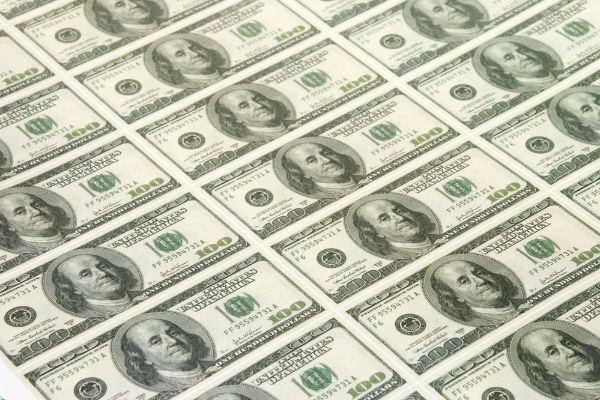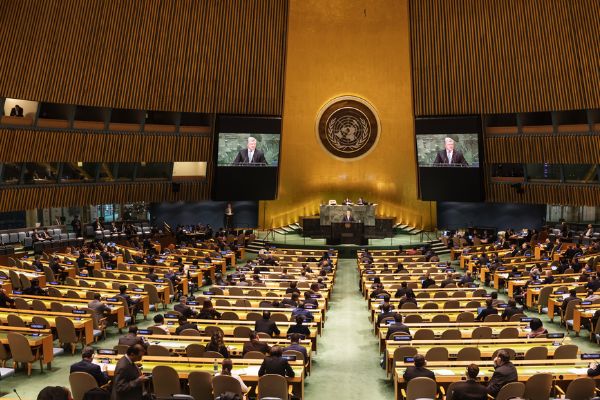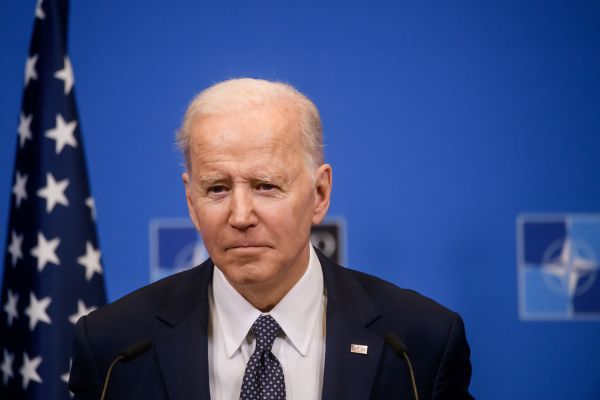As modern vehicles become increasingly sophisticated, they also evolve into data collection devices, storing a wealth of personal information. This raises significant privacy concerns for drivers. According to The Record, today’s cars can collect and store various sensitive data, including GPS locations, text messages, biometric data, and personal identifiers.
Breitbart News has highlighted the privacy challenges posed by most modern cars, labeling them a “privacy nightmare” due to their capability to collect and sell personal information. This is especially concerning in an era where digital integration in cars is becoming more prevalent.
To address these privacy issues, Andrea Amico, CEO of Privacy4Cars, developed a free app that assists drivers in erasing their personal data from vehicles. This app is crucial as the process of deleting data is not standardized and varies widely based on the vehicle’s make, model, year, and features.
Here’s a general guideline on how to delete your personal data from your car:
- Download the Privacy4Cars App: This app provides detailed instructions for a wide range of vehicles.
- Enter Your Vehicle Information: Input details such as the car’s make, model, and year to get customized instructions.
- Follow the App’s Instructions: The app will guide you through the specific steps needed for your vehicle. This may involve navigating the car’s infotainment system to access the correct settings.
- Regularly Update Your Vehicle’s Software: Keeping your car’s software updated can ensure a smoother data deletion process.
- Perform Regular Data Wipes: Since preventing data collection entirely is not possible, it is recommended to frequently delete stored data. This is especially important when selling or buying a used car, using rental vehicles, or for cars in corporate fleets.
Regularly wiping a car’s data is essential because many vehicles retain information from previous owners. These steps are critical for maintaining privacy in today’s increasingly digital and interconnected automotive landscape.










